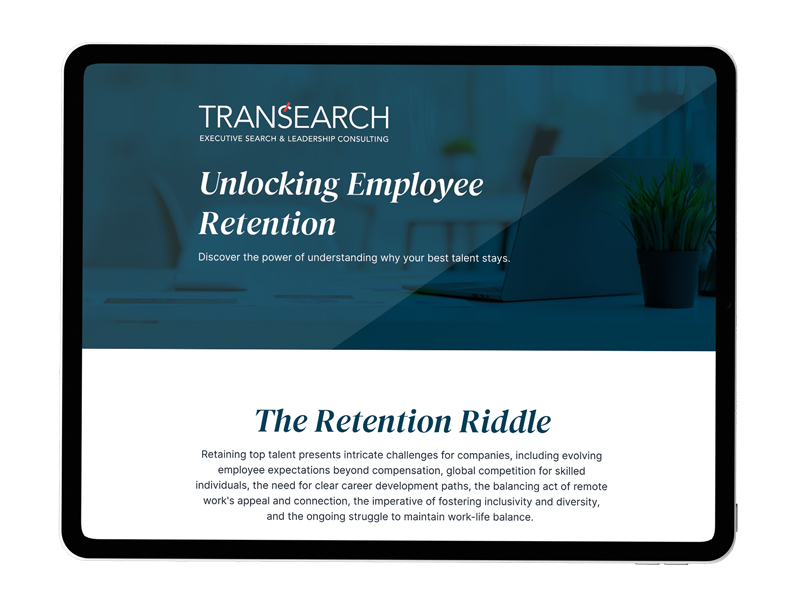When a business or organization undergoes a leadership change, it could be a sign of success or failure, depending on how it’s managed.
The transition from one leader to another can be daunting, and making the right decisions is important to ensure a smooth and successful transition.
Let’s review a few ways you can guarantee a successful handover in leadership:
1. Establish a Clear Set of Expectations
Setting clear expectations from the beginning is essential to avoid misunderstandings later on. This includes establishing roles, responsibilities, and goals for both the incoming and outgoing leaders.
The transition team should thoroughly assess their organization to identify areas that need improvement and create a plan to achieve those goals. Emphasizing teamwork and collaboration is key, as the transition plan should be a shared effort between leadership and the entire team.
2. Provide Ample Time for a Smooth Transition
Allow enough time for the outgoing leader to transfer their knowledge and wisdom to the new leader.
The incoming leader will need time to familiarize themselves with the team dynamics and culture of the organization. This will give the outgoing leader enough time to wrap up unfinished business and ensure no disruption in the organization’s daily operations.
3. Encourage Openness and Active Communication
Communication is a crucial part of the transition process. Encourage open communication between the outgoing and incoming leaders, as well as with the team.
The new leader should listen and understand the team’s concerns and goals, enabling them to build a culture of trust and collaboration. Active communication will ensure everyone is aware of any changes, enabling the team to adjust and adapt accordingly.
4. Establish Good Relationships With the New Leader
Establishing good relationships with the new leader will help the team adjust to the changes taking place. The outgoing leader should introduce the new leader to the team and facilitate interactions between them.
A smooth transition requires the outgoing and incoming leaders to work together to introduce the new leader to the team, including providing opportunities for informal interactions to build trust. This will ensure that the new leader feels welcome and a part of the team and will ease the transition process.
5. Maintain Consistency of Policies
Maintaining consistency of policies and vision during a leadership transition is essential. Leaders should ensure that the organization’s core values and business model remain intact and that policies are followed to maintain consistency. This will ensure that the team continues to work towards common goals even with a change in leadership.
A successful transition in leadership requires strong teamwork, open communication, clear expectations, and trust between the outgoing and incoming leaders and the team. Organizations can thrive even amidst change by providing enough time for a smooth transition, encouraging transparency, and regularly communicating with the team.
Following these steps will help the team move forward confidently and with a team-oriented approach that creates a culture of success and growth, no matter who is in charge. Trust and confidence in leadership are key to achieving a prosperous and enduring future.





































































